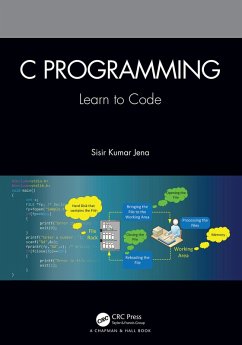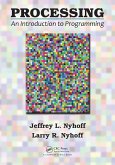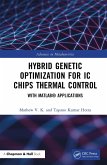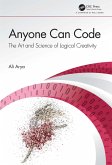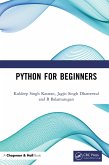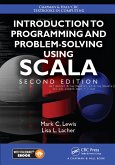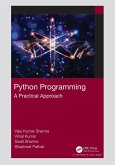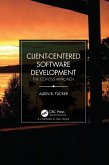Features:
- Other than ANSI C, the book explains the new C standards like C99, C11, and C17.
- Most basic and easy-to-follow programs are chosen to explain the concepts and their syntax.
- More emphasis is given to the topics like Functions, Pointers, and Structures.
- Recursion is emphasized with numerous programming examples and diagrams.
- A separate chapter on the command-line argument and preprocessors is included that concisely explains their usage.
- Several real-life figures are taken to explain the concepts of dynamic memory allocation, file handling, and the difference between structure and union.
- The book contains more than 260 illustrations, more than 200 programs, and exercises at the end of each chapter.
This book serves as a textbook for UG/PG courses in science and engineering. The researcher, postgraduate engineers, and embedded software developers can also keep this book as reference material for their fundamental learning.
Dieser Download kann aus rechtlichen Gründen nur mit Rechnungsadresse in A, B, BG, CY, CZ, D, DK, EW, E, FIN, F, GR, HR, H, IRL, I, LT, L, LR, M, NL, PL, P, R, S, SLO, SK ausgeliefert werden.

